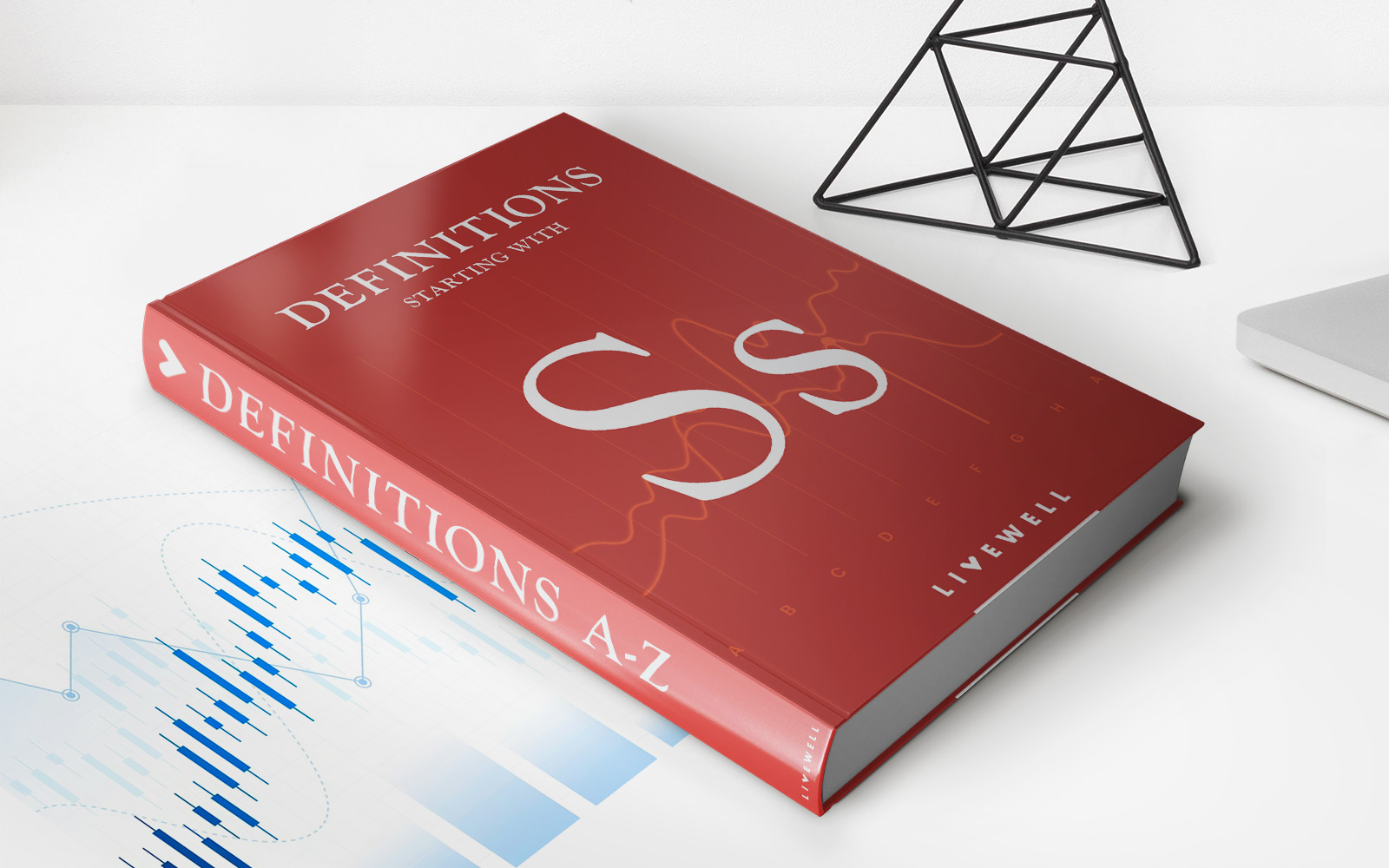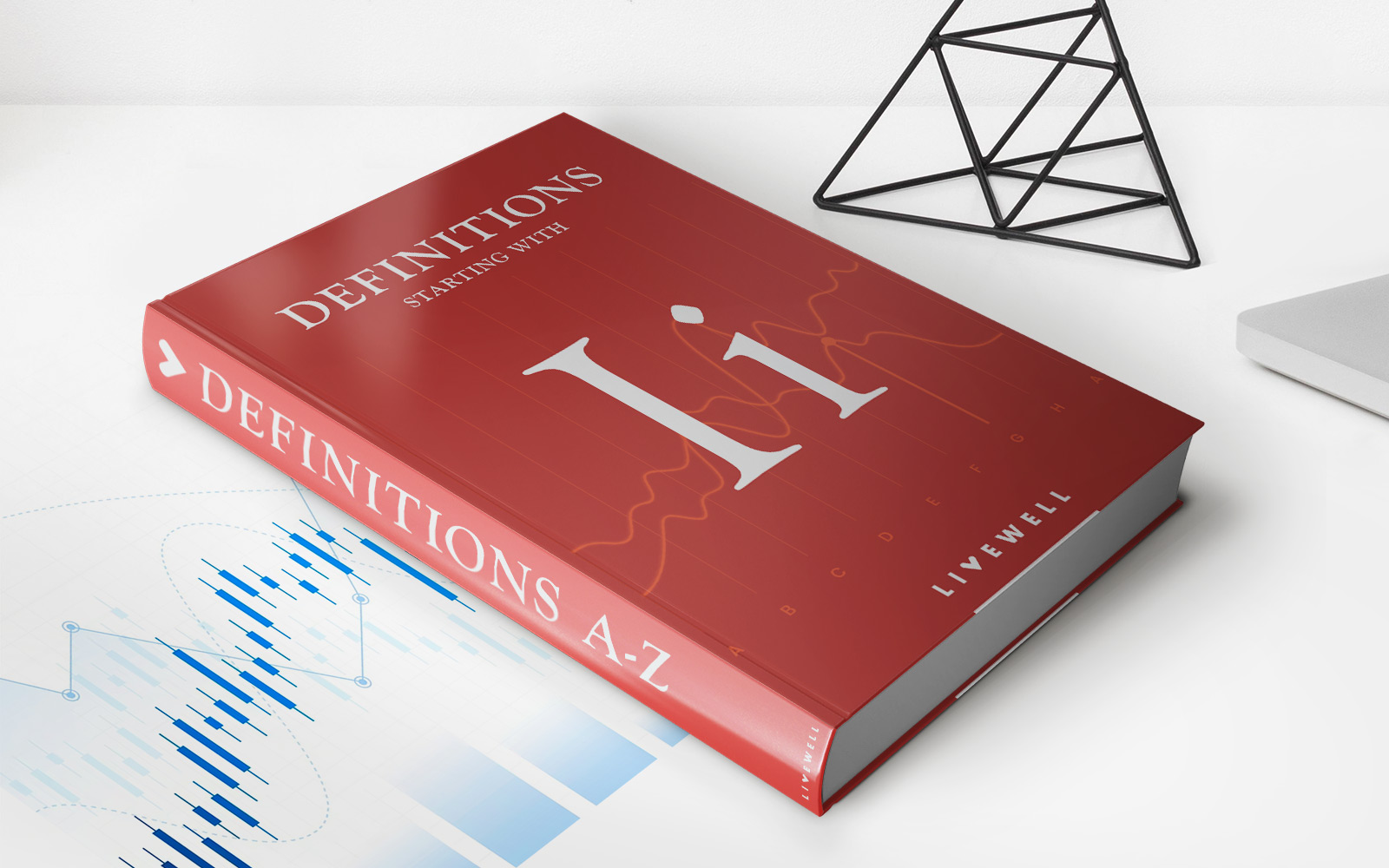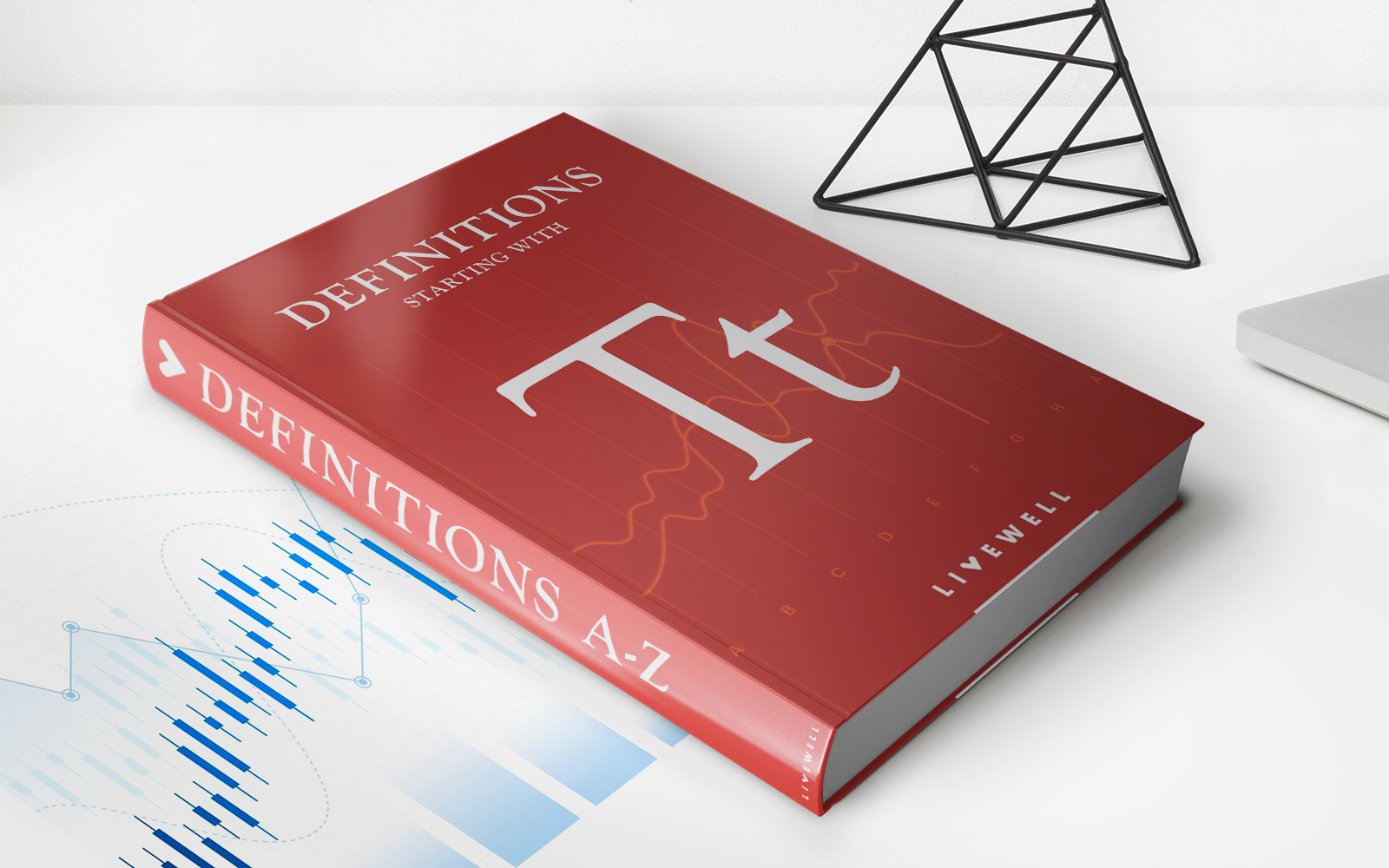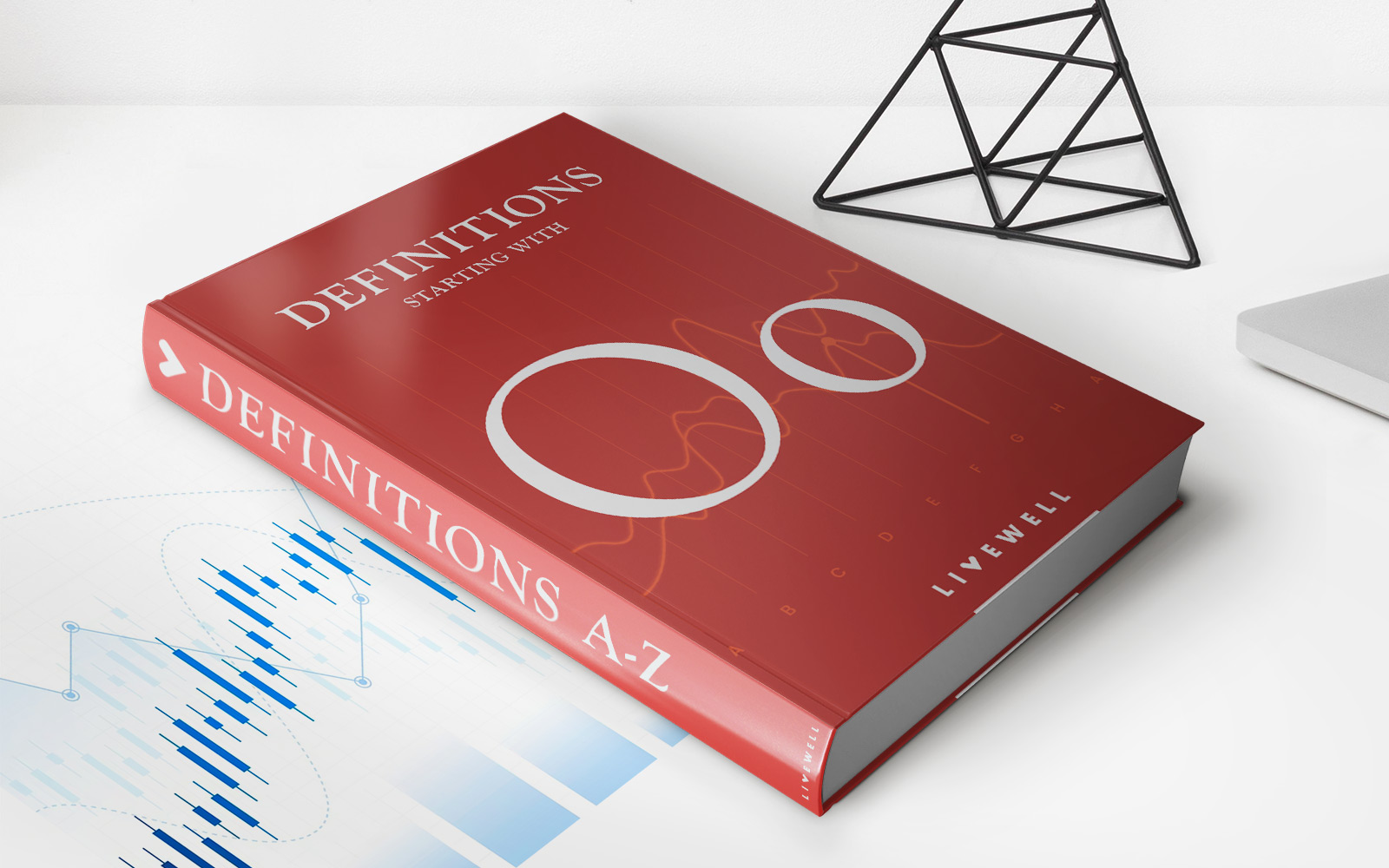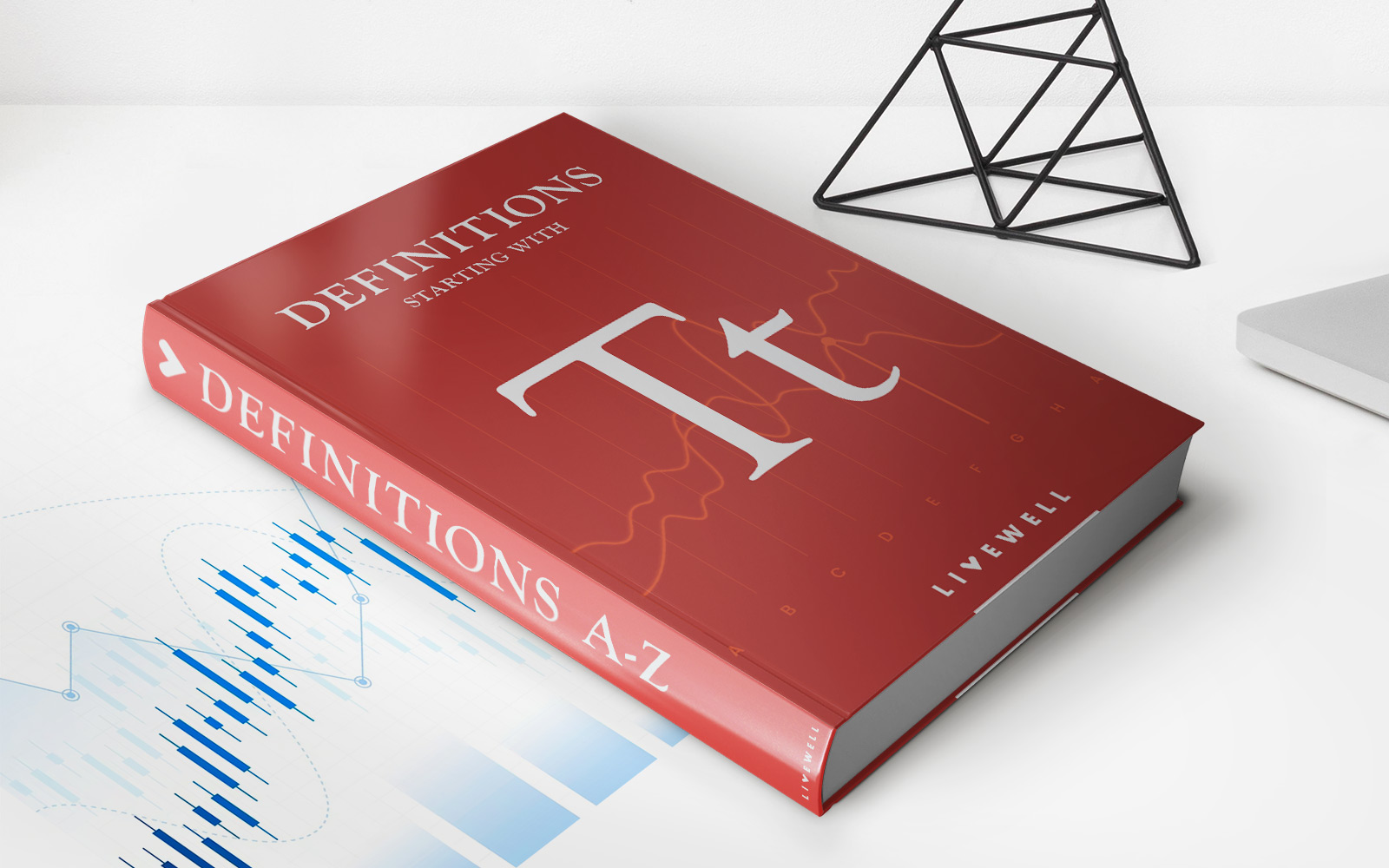Home>Finance>Harami Cross: Definition, Causes, Use In Trading, And Example


Finance
Harami Cross: Definition, Causes, Use In Trading, And Example
Published: December 3, 2023
Learn about the Harami Cross in finance - its definition, causes, use in trading, and example. Enhance your trading knowledge with this informative guide.
(Many of the links in this article redirect to a specific reviewed product. Your purchase of these products through affiliate links helps to generate commission for LiveWell, at no extra cost. Learn more)
The Harami Cross: Definition, Causes, Use in Trading, and Example
Welcome to the world of finance! In this blog post, we will delve into a fascinating concept known as the Harami Cross. Have you ever wondered what the Harami Cross is, why it occurs, and how it can be used in trading? Well, you’re in the right place. We’ll take a comprehensive look at this pattern, providing you with a clear understanding of its definition, causes, use in trading, and even an example to help solidify your knowledge. So, let’s dive in!
Key Takeaways:
- The Harami Cross is a candlestick pattern that consists of a small candle with a doji or spinning top situated within the range of the preceding candle.
- This pattern generally indicates a potential trend reversal or indecisiveness in the market.
What is a Harami Cross?
The Harami Cross is a candlestick pattern that is formed when a small candle, usually a doji or spinning top, appears within the range of the preceding candle. This pattern typically indicates a potential trend reversal or indecision in the market. The word “Harami” is derived from the Japanese word for “pregnant,” as the small candle is often seen as an unborn or “pregnant” version of the preceding one.
Now that we have a basic understanding of the Harami Cross, let’s explore the causes that lead to its formation.
Causes of Harami Cross
The Harami Cross pattern occurs due to several reasons, such as:
- Market Indecision: The market participants might find themselves uncertain about the direction and are hesitant to take further action.
- Impact of Economic News: Significant economic news releases can often lead to market indecisiveness, causing the formation of the Harami Cross pattern.
- Profit-Taking: Traders who have enjoyed a profitable trade may lock in their profits, leading to a temporary pause or reversal in the market.
- Technical Factors: The pattern might arise due to technical factors, such as support and resistance levels or Fibonacci retracements, which prompt traders to take action.
Understanding the causes of the Harami Cross pattern is important, as it helps traders gauge the underlying sentiment and potential market direction.
Use of Harami Cross in Trading
Traders often use the Harami Cross pattern as a signal for potential trend reversals or indecision in the market. Here are some ways it can be utilized:
- Confirmation: When the Harami Cross pattern forms after a prolonged uptrend or downtrend, it can be used as confirmation of a possible trend reversal.
- Entry and Exit Points: Traders can use the Harami Cross to identify entry and exit points for their trades. For example, entering a long position after a bullish Harami Cross pattern or exiting a short position after a bearish Harami Cross pattern.
- Stop Loss Placement: The high or low of the Harami Cross candle can serve as a potential stop loss level, allowing traders to manage their risk effectively.
- Filtering Signals: By incorporating other technical indicators or analysis, traders can use the Harami Cross pattern to filter out false signals and enhance their trading decisions.
Example
Let’s look at a real-life example of a Harami Cross pattern:
Suppose you are analyzing a stock’s daily price chart, and you notice a long red candlestick representing a bearish trading session. The following day, a small green candlestick with a doji emerges within the range of the previous candle. This is a perfect example of a Harami Cross pattern. As a trader, you interpret it as a potential reversal signal and decide to take action accordingly.
By keeping a watchful eye on the Harami Cross pattern, traders can gain valuable insights into potential market reversals or periods of indecision, ultimately aiding their trading decisions.
Now that you have a comprehensive understanding of the Harami Cross pattern, its causes, and its use in trading, you can confidently incorporate it into your financial analysis and decision-making processes.
Remember, mastering patterns like the Harami Cross takes time, practice, and a deep understanding of the market. So, keep learning and exploring the fascinating world of finance. Happy trading!



